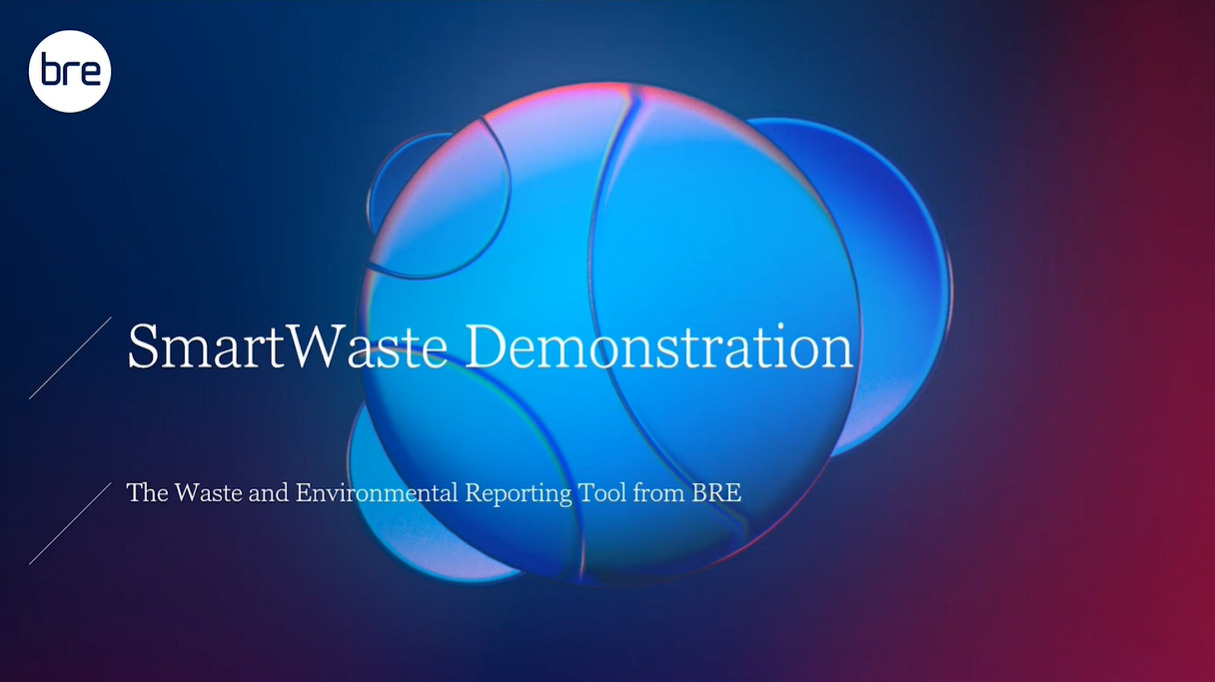
In the dynamic world of construction, managing materials efficiently is a key to sustainability. SmartWaste’s construction materials management software is your solution, offering efficient data capture and strategic material optimisation.
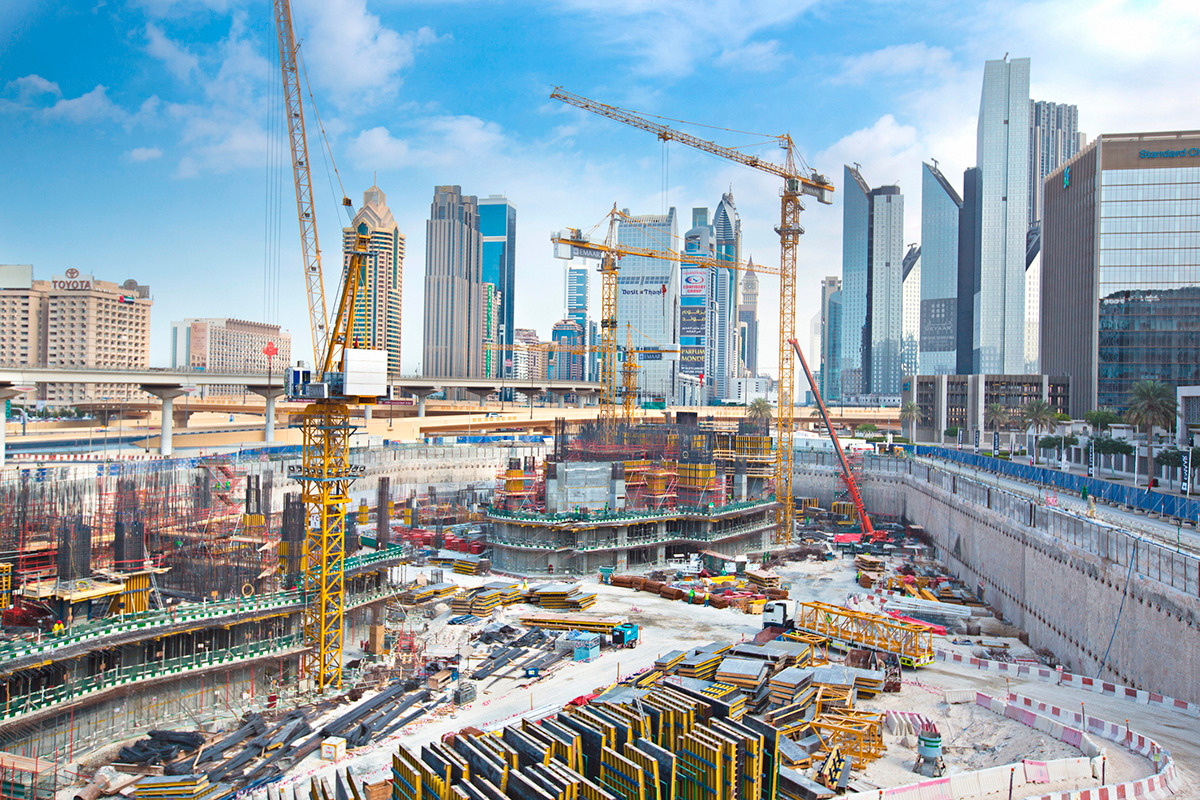
Watch our product demo video and see how we can help you achieve your green goals.
The power of efficient materials management in sustainable construction
Materials management is a crucial component of sustainable construction. It’s not just about cost-saving; it’s about reducing carbon, minimising waste and environmental impact, all contributing to a greener construction industry.
Data capture: the foundation of efficient materials management
Accurate data capture is the first step towards effective materials management. With SmartWaste, you can record detailed data on materials, helping you understand your usage patterns and devise strategies for optimisation and reduction.
SmartWaste: Your partner in material optimisation and management
SmartWaste provides the tools you need to streamline your materials management. From tracking the use of certified and non-certified materials, through responsible sourcing, to understanding their embodied carbon impacts, our software equips you with the insights you need to make better, more sustainable decisions.
Case studies: SmartWaste enhancing materials management in construction
Our case studies showcase how SmartWaste has aided businesses in optimising their materials management for sustainable construction. Through our solutions, companies have achieved significant savings and reduced their environmental impacts.
Revolutionise your materials management with SmartWaste
Join the growing number of construction businesses that are optimising their materials management with SmartWaste. Our software simplifies the task of materials management, allowing you to focus on what you do best – building outstanding projects.
Protecting your building materials
Plan before you buy
- Plan the timing of your purchases so that delivery is just-in-time for the required building stage
- Avoid keeping materials in storage for too long as this ties up your funds and may lead to damage, spoilage and pilfering
Safe and correct storage of materials
- Identify storage requirements for building materials that you have to store, and plan a place to store them.
- Ensure building materials are stored correctly to avoid damage by damp, excess moisture, rain or daylight.
- Store materials safely to prevent theft.
This could help you save money and reduce delays in your project caused by having to restock materials, also improving construction sustainability.
What is waste?
Waste is anything that goes into a skip and ends up in landfill. For example:
- Unused materials and off-cuts
- Damaged materials and products
- Demolition waste
How to reduce waste
- An important component of construction sustainability is waste reduction. Industry measures show that 13% of waste is new, unused material – take steps to reduce this waste by finding a supplier who accepts returns or exchanges.
- A huge 60% of skipped material is packaging – work with your suppliers to take back and reuse packaging.
- Exchange material – what might appear of no value to you may be of value to someone else. There are many exchange schemes available.
- Crush and reuse aggregates. If you are not able to carry this out, find someone who does.
- Poor site conditions increase accidents and can damage materials.
Duty of care
You are required to manage your waste under The Site Waste Management Plans Regulations (SWMP) which came into force in April 2008. You will have to keep records of waste removed from site. Transporting your own waste requires a waste carrier’s licence.
Stamping out fly-tipping is everyone’s responsibility – ensure that this type of waste does not originate from your site.
Less waste lying around means a safer site.
Follow-up
The Eastex Materials Exchange Programme
Materials exchange programmes are increasingly popular and are a good way of exchanging excess, unused building materials.
The Eastex Materials Exchange Programme is a free online service for those who have an excess of stock or a shortage of material. This reduces waste, to improve construction sustainability.
There are six county-specific exchanges available for Bedfordshire, Cambridgeshire, Essex, Hertfordshire, Norfolk and Suffolk.
NetRegs
NetRegs provides advice on construction waste for small and medium sized enterprises (SMEs). For further information on site waste management plans for the construction industry see www.netregs.org.uk and NHBC Foundation publication NF8: Site waste management – Guidance and templates for effective site waste management plans, www.nhbcfoundation.org.
For advice on developing your SWMPs, information about the regulations and guidance on waste management, click here
Sorting and Disposal of Waste
Why it is important to reduce waste
Waste reduction is a simple but effective sustainable construction method. Reducing waste can save your business money in three ways:
1. Decreased removal and landfill taxes – every tonne of waste is taxed
2. Reduced materials
3. Reduced labour costs for sorting and transporting waste
Minimising waste going to landfill benefits the environment.
Efficient waste disposal and segregation helps keep your site tidy and organised and reduces the costs of mixed waste.
Transporting your own waste requires a waste carrier’s license.
Sorting your waste
Identify waste or demolition products which can be reused or recycled.
Find local waste collection and recycling services.
Construction and waste management companies
These companies can:
- Offer help and advice on practical recycling schemes
- Provide segregated waste containers, waste collection, and recycling services, e.g. the return of plasterboard off-cuts.
- Dispose of waste at licensed waste recycling centres.
Follow-up
NORWRAP
Look for construction and demolition waste service providers in your local area. For advice on construction waste management and recycling in Norfolk see the NORWRAP (Norfolk Waste Recycling Assistance Project).
BRE SmartWaste
BRE has developed a suite of tools specifically for the construction industry, designed to support you with construction sustainability and sustainable construction methods. Our tool can help you sort out your waste.
Envirowise
Envirowise offers free information on reducing waste and making financial savings from resource efficiency.
The National House-Building Council (NHBC)
The NHBC advises house builders on how best to manage and minimise waste onsite.
Dry Lining Waste
Working with plasterboard
Try to design rooms with the same dimensions as standard sizes of plasterboard. This will reduce cut-offs and wastage of materials, which can save your business money.
Work accurately to avoid wastage and minimise the production of dust when cutting frames to size.
Minimise air and water pollution; this will benefit the environment and the local community.
Do not leave plasterboard uncovered as it can spoil very quickly.
Disposal of plasterboard
Plasterboard has to be separated from other materials in a landfill site, and disposal of this waste costs more than disposing of other types of waste.
Landfill tax and disposal charges increase every year.
Find out if your supplier will take off-cuts back as it often works out cheaper.
Keep the amount of plasterboard waste to a minimum and recycle where possible.
Follow-up
WRAP Plasterboard Programme
The WRAP (Waste & Resources Action Programme) Plasterboard Programme is aimed at supporting market development for increased recovery and recycling of plasterboard. A number of initiatives have been developed to encourage the segregation, collection and reprocessing of plasterboard, and therefore reduce the amount going to landfill. More information on all of WRAP’s initiatives can be found on www.wrap.org.uk or call the WRAP helpline on 0808 1002040.
Greenspec
For advice on sustainable construction methods and choosing material and technologies that minimise damage to the environment and local community, see www.greenspec.co.uk. A directory of sustainable products and building materials is available on this website. Information is given about different types of plasterboard with above average performance in terms of global warming (carbon footprint) and solid waste. Manufacturers’ contact details are also provided.
Concrete and Mortar
Working with mortar
Lime mortars are preferable to Portland cement mortars in terms of recycling.
Bricks bonded with lime mortar can be reused if the building is demolished in later years, which will help reduce waste in the future.
Ash or brick dust can be added to lime mortar to enhance durability and shorten required setting times.
Purchase of concrete, mortar and plaster
To prevent over-ordering of materials, plan the quantities in advance.
Timely ordering is important, especially if buying ready-mixed mortar.
Take care to store these materials correctly to reduce waste and damage.
Protect the environment and your local community
Minimise onsite concrete dust, air and water pollution. Avoiding this type of pollution will help protect the environment and reduce the risk of prosecution.
Take measures to ensure the health and safety of workers on the site (welfare and dust reduction) and the local community.
Follow-up
BRE publications
The following BRE publications are available from brebookshop.com:
Hadi M, Rao S, Sargant H, Rathouse K (2004) Working with the community – A good practice guide for the construction industry. BR 472. Watford, BRE Press.
Kukadia V, Upton S, Hall D (2003) Control of dust from construction and demolition activities. BR 456. Watford, BRE Bookshop.
Minimising dust and emissions
For advice on best practice and ways of minimising dust and emissions from construction or demolition activities, see bregroup.com.
Greenspec
A directory of sustainable materials, including clay bricks and lime mortars, is available on www.greenspec.co.uk. Information about lime mortar and render is given on this website.
Planning your Building Supplies
Smart specification
To maximize construction sustainability, think before you buy and plan your building supplies to keep wastage of materials to a minimum.
Calculate the quantities of materials you will need for the job and do not over-order more than you need for the sake of convenience.
Timely ordering of materials ensures that supplies arrive when required, and reduces storage where they could be damaged or stolen.
If you require a small amount of a materials which is only available in bulk, use a materials exchange scheme or plan to use the material for future jobs.
Think about specifying materials that have a good recyclate content as this will help to reduce your carbon footprint.
Contractors and suppliers of materials
Try to use local suppliers for reclaimed and recycled building products.
Find out if contractors and suppliers have an environmental policy.
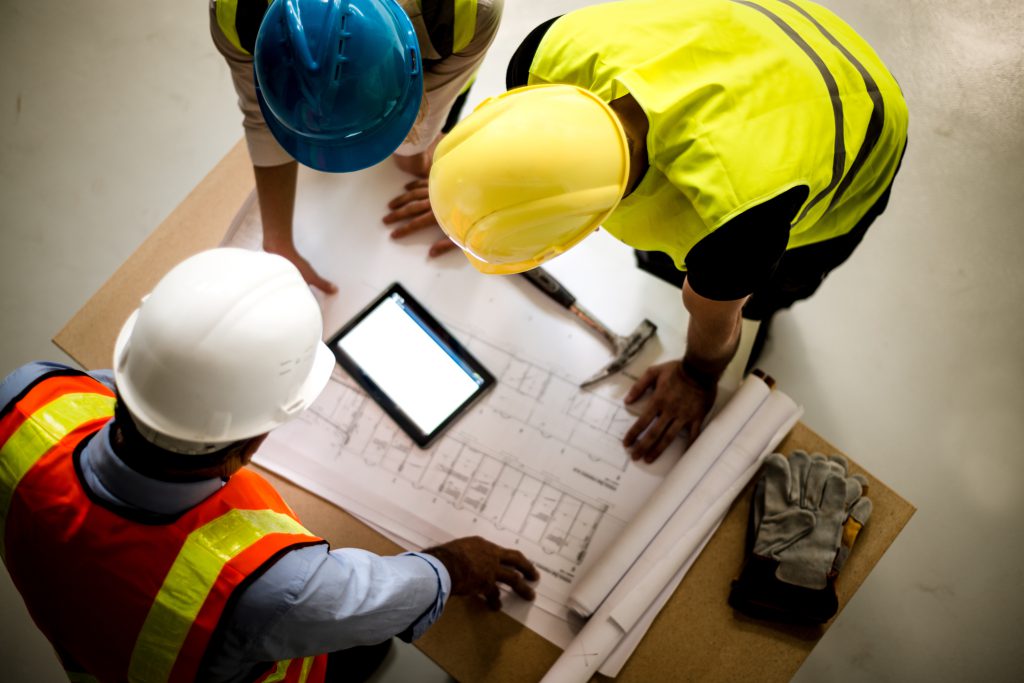
Follow-up
WRAP
Choosing construction products: Guide to the recycled content of mainstream construction products is available to download from the WRAP website and provides contact details of companies who can provide recycled products. Detailed product datasheets are also available.
National Green Specification
The National Green Specification website provides a detailed database of environmentally friendly building materials, guides on specification and a checklist highlighting where sustainable best practice can be applied.
Recycled Products Guide
The Recycled Products Guide is a database of products and building supplies made from recycled materials.
Using the Best Materials for the Job
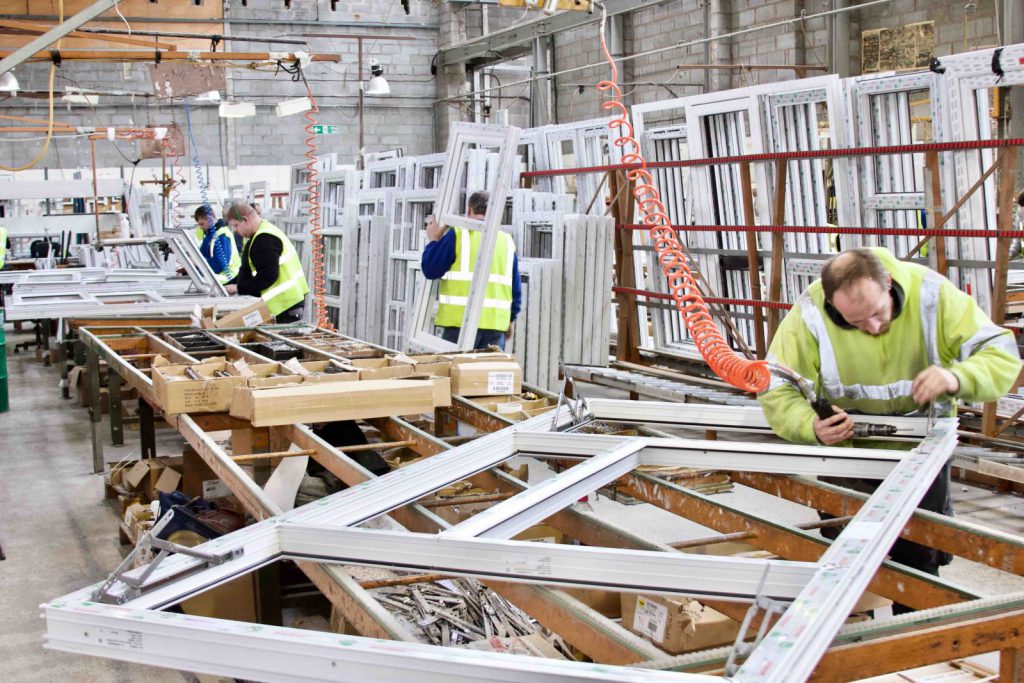
Smart specification
Ensure you use the correct materials for the job to avoid poor workmanship, which can lead to rework.
Avoid rework as it costs money and wastes time and materials.
Use local, natural and sustainable materials and sustainable construction techniques.
Look out for the Forest Stewardship Council’s trademark on timber and wood products indicating that wood comes from a sustainably managed forest.
Use renewable or recycled materials to benefit the environment.
Choose alternatives to PVCu window frames such as ethylene-based plastics or modern timber.
Avoid materials that have damaging effects on the environment.
Minimise the use of chemical treatments.
Follow-up
Construction Resources
The UK’s ecological building centre can provide specialist advice on environmentally friendly building materials and systems.
Do Builders Have a Carbon Footprint?
How to reduce your carbon footprint
- When considering construction sustainability, it is important to consider the carbon footprint of builders.
- Use products that cause minimal harm to the environment and are energy efficient in terms of their manufacture, distribution, use and disposal.
- Consider using environmentally friendly alternatives.
- Use low energy forms of construction and consider carbon dioxide (CO2) arising from site activities.
- Reduce journeys to and from the site by planning work and delivery schedules in order to reduce CO2 arising from transport.
- Get advice at the design stage on how the buildings can have a positive environmental impact by using: Passive stack ventilation systems, high efficiency condensing boilers, solar hot water exchangers, whole house heat recovery systems, photovoltaic panels.
Follow-up
Lifestyle project
The Lifestyle project, in conjunction with Cambridgeshire County Council, is working to increase knowledge of low carbon solutions and capabilities of builders and other trades in designing and fitting renewable energy solutions. It aims to find cost efficient and effective ways to reduce resource consumption.
BREEAM
For information about BREEAM (Building Research Establishment Environmental Assessment Method) see breeam.com, contact the BREEAM helpdesk on 0333 321 8811, or email [email protected]
The Civil Engineering Environmental Quality Assessment and Award Scheme (CEEQUAL)
Find out more about CEEQUAL
Cambridge Horizons
Sustainable construction in Cambridgeshire – A good practice guide.
Environment Agency
The Environment Agency has produced a construction carbon footprint calculator which calculates the CO2 generated by construction products (see Environment Agency on gov.uk). The tool also allows waste management options and savings to be made.
Is cheapest best?
To cut corners or not to cut corners?
Using the cheapest materials for the job does not always save you money in the long term. Using non-compliant, non-standard or inappropriate materials can increase costs, off-cuts and wastage.
Use the right person for the job
Hire specialist contractors to carry out work on your building project you are unable to do yourself.
Bear in mind that mistakes can often be costly to put right.
Locally based contractors may have experience of working with local or specialist building materials. Local recruitment will help to engage with the community.
Use the appropriate supplier for the product
Find out who can advise you on the most appropriate materials for the job; they may offer a more competitive price.
Find out who can suggest recyclable or reusable alternatives which benefit the environment.
Sourcing a local specialist supplier means the materials will blend in with the surrounding buildings (e.g. local bricks). This may not always be the cheapest option but it will help to boost the local economy and may reduce your transport costs.
Improving relationships with the community will be beneficial for your reputation as a contractor.
Reducing transportation
How to reduce transportation to and from the site
Source building materials locally.
Ask suppliers how the building materials were transported.
Fewer trips mean less emissions – reduce the number and length of journeys by planning delivery schedules. This will help overall construction sustainability.
Benefits and drivers
Using building materials that are locally available reduces haulage costs.
Purchasing from local suppliers can improve the economy of the local community.
Reduce impacts from transportation by improving delivery scheduling.
Save money and benefit the environment by minimising transport requirements.
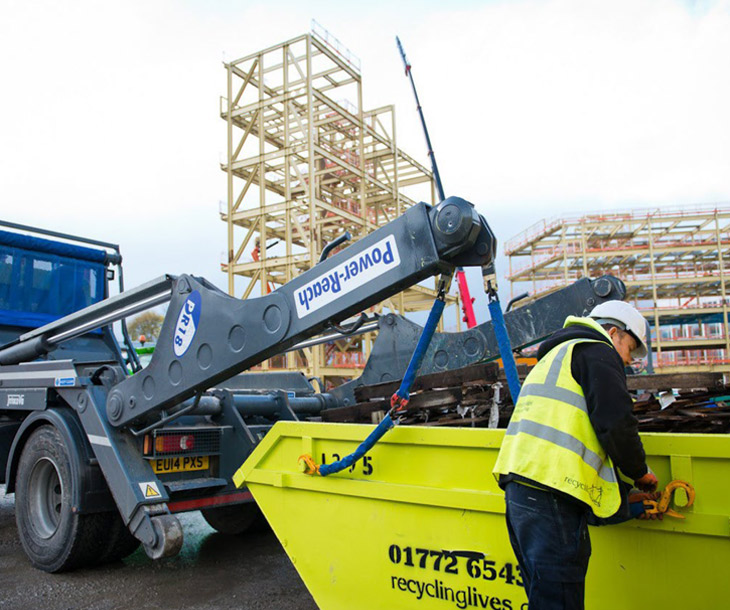
This information is based on the Sustainable Construction: Simple ways to make it happen guide [PDF] written by the BRE Environmental Consultancy on behalf of Sustainability East. To learn more about sustainable construction techniques and how to drive construction sustainability, download the manual now. First published 2008 by IHS BRE Press. AP 271.
Let’s discuss how SmartWaste can help you achieve more sustainable construction projects.
Get in touch using the form and one of our specialists will get back to you as soon as possible.
Ready to transform your materials management?
Watch our SmartWaste product demo video and see how our software can streamline your construction operations.

